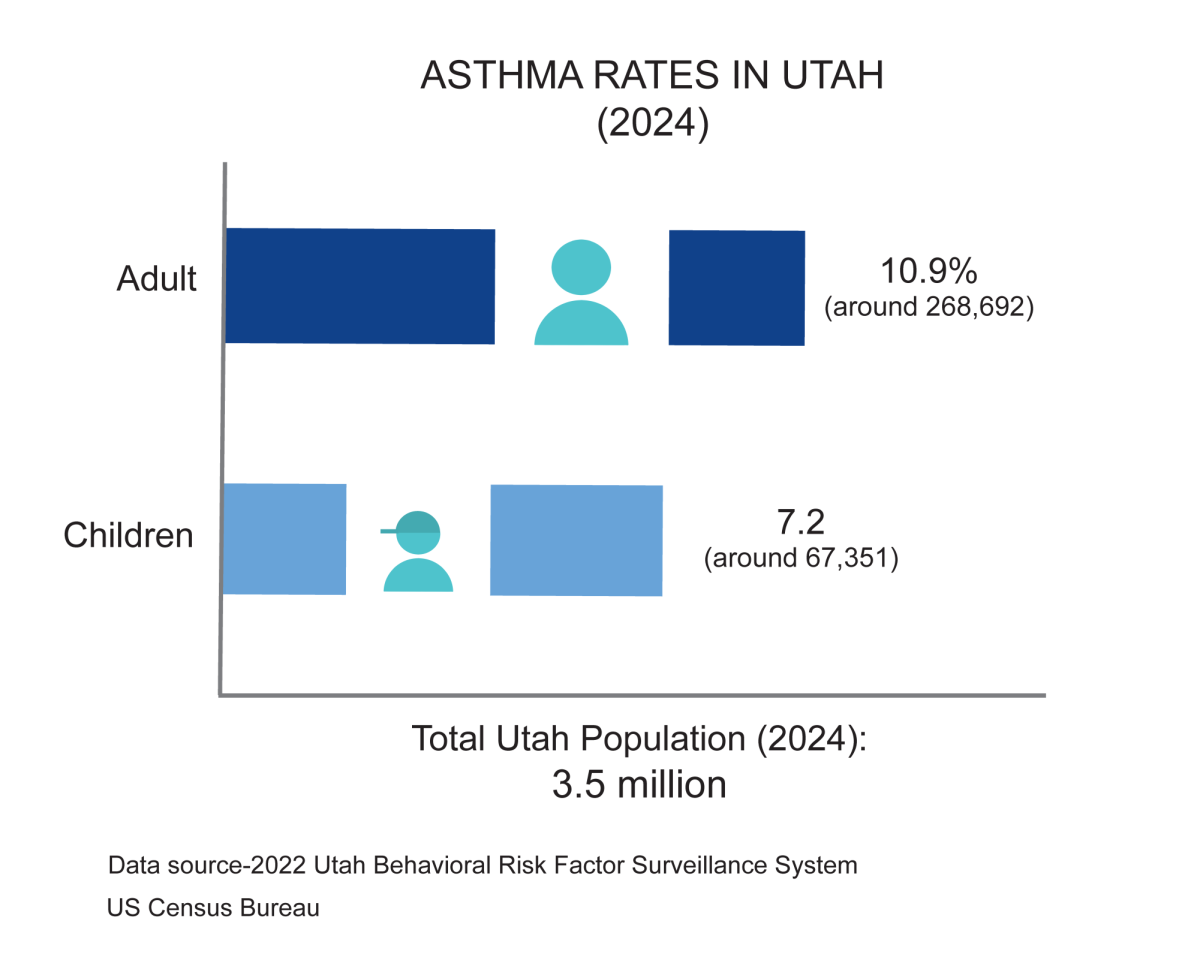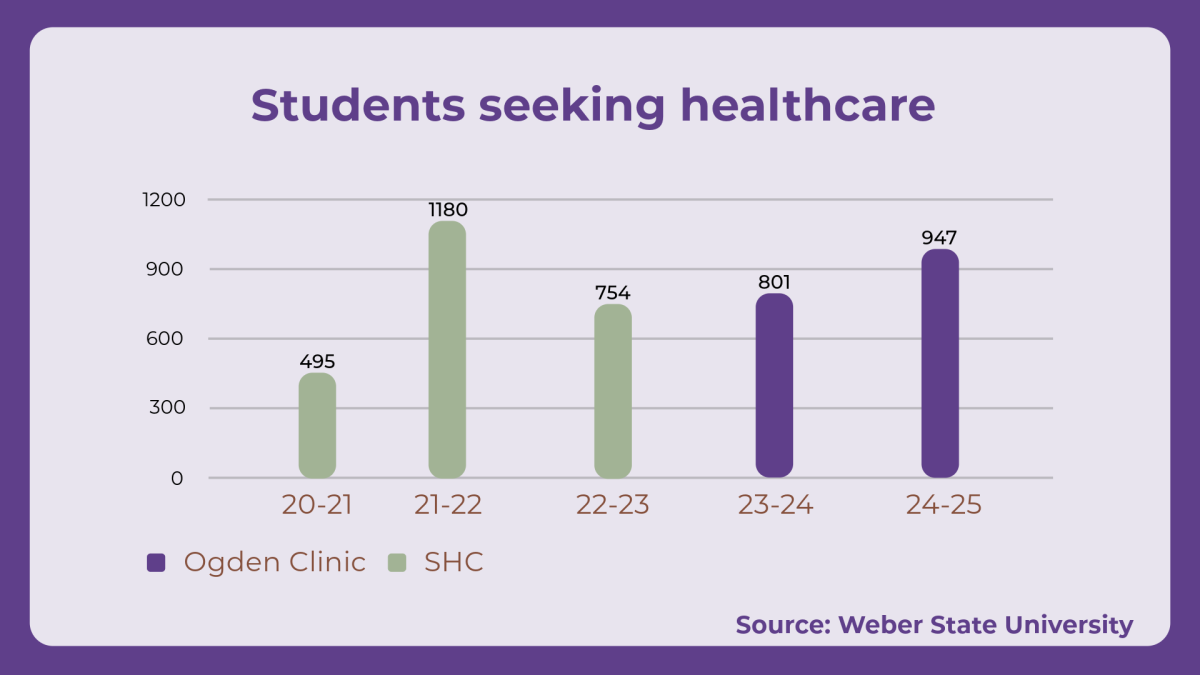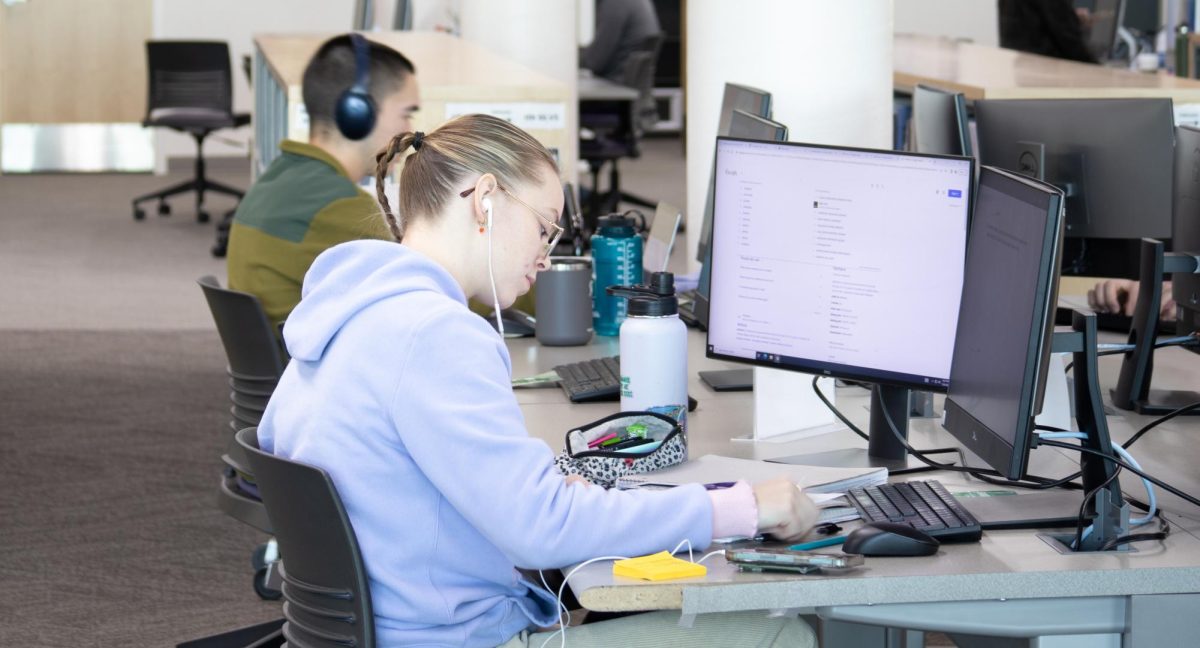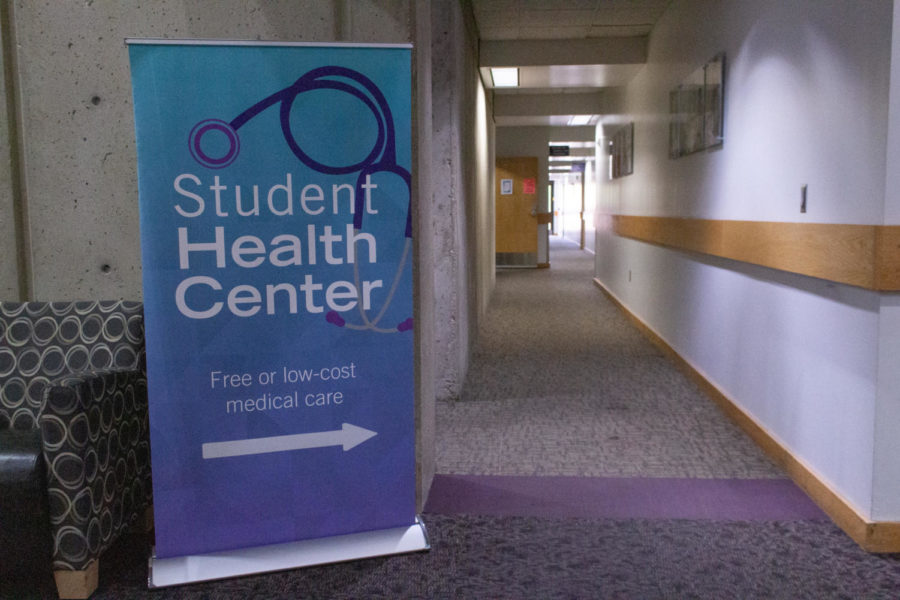
“My fingers are screaming to tear at my hair right now,” said YouTube vlogger Rebecca Brown as she sits down in front of her camera at 3 a.m. in the U.K. to keep herself from making the bald patches on her head larger.
Trichotillomania is a disease that can be diagnosed if a person begins to notice bald spots from pulling out hair, if they get satisfaction from pulling out hair or if they become anxious and, in response, pull out hair.
The onset of trichotillomania can range from childhood into adulthood. With onset in children, both girls and boys have the same likelihood of developing trichotillomania. As adults, women are more likely to contract this mental disorder.
“I think whenever you are getting too stressed and need help, you should seek help,” said Jori Burmester, freshman and criminal justice major. “You can’t keep holding it in. I think people need to understand that a lot of people have mental illnesses, and they can’t keep up with everyone else, and people need to be friendly.”
According to the international OCD foundation, trichotillomania doesn’t fall under mood disorder but falls under the category of impulsive control disorders.
Researchers believe that trichotillomania is increased due to biological and genetic factors.
People with this disease tend to pull hair from their eyebrows, scalp, eyelashes and beards. Hair pulling can happen at any time, but the most common time is when the person is sitting idle while watching TV, lying in bed, reading or even while at a stop light.
“Sometimes, mental disorders you can’t help, and it’s just something that people themselves have to deal with, even if it’s unwillingly,” said Jenna Whitney, freshman and forensics major. “If somebody has a mental disorder, I don’t think somebody else should say that you can help it because a lot of the times you can’t.”
When pulling hair, a person can feel ashamed and embarrassed about their actions. They may create severe bald spots, causing them the need to cover up using hats, wigs and hair pieces.
People who pull their hair may wonder if they are doing so because of a skin condition, and the best way to find out if this is the reason or not is seeing a dermatologist. If there is no reason for a person to be pulling hair, it is then suggested that they seek out treatment.
Treatment for trichotillomania consists of medication, learning about the disease itself and behavioral therapy.
Behavioral therapy helps the patient be more aware of what they are doing and the actions they can take to prevent it.
“It is not in their head. It is an actual thing, and there are others who have to deal with the same thing. There are people out there who can help,” said Ashtyn Nebeker, freshman and zoology major.







